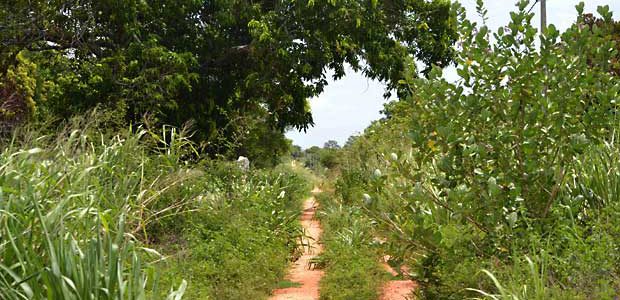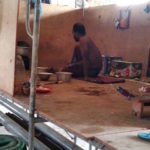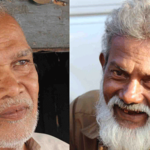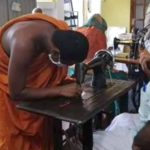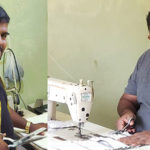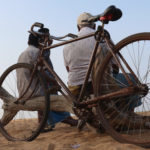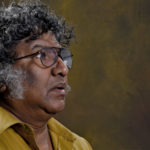Road To Nowhere:
Resettled Sri Lankans Lose Hope In Their New Homes
Displaced Sri Lankans who were resettled after the civil war cannot find jobs, take the bus or even grow their vegetables in their new villages.
Young mother, W. G. Pemawathie, moved to this village in Sampath Nuwara, in northern Sri Lanka, four years ago.
Namalpura is one of the villages where displaced Sri Lankans were resettled by the government after the civil war. But their new homes have been far from comfortable. There is hardly any infrastructure, there are no employment opportunities, the land on which they are settled is short of water and it is difficult to grow fruits and vegetables and facilities like schools and medical clinics are far away. Public transport either doesn’t come at all or only infrequently.
When he was asked about the fact that many of the resettled families have since left the area, due to the impossibility of living there, he had no official numbers for those who had gone.
Pemawathie’s husband passed away two years ago and she now looks after their two children alone. The couple had previously made money by doing odd jobs but now she has to resort to begging in order to feed the children.
“Once we ran out of food but I couldn’t leave the house because of the baby and I was here for three days without eating,” Pemawathie recalls. Thankfully, she was given something to eat by a passer-by and she has been reliant upon charity from local religious institutions.
“If I could find some other way to meet my needs, then I wouldn’t go begging,” Pemawathie concludes.
Her story is similar to that of many others in the villages belonging to what is known as the Mahawali L Zone; around 4,000 displaced families were resettled here.
“Here, the payments for doing odd jobs is very low,” says Chamila Nilanthi Kumari, a woman living in the same area. “It’s hard to even get SLR 1,000 [around EUR 5.30] and some of the employers won’t even give you lunch or tea, or even water. We have no way to earn money and all we have is expenses.”
“We have been living here for five years,” says I.G. Suresh, 32, who lives in another of the villages, Gajabapura. “We don’t even have lands to grow anything on. Our land is too muddy. When we did try to grow something on the dry parts, the crop failed. And there is nowhere I can get a job.”
This is why Suresh is planning to go to Colombo to try and get work, labouring on a construction site.
Meanwhile another young woman, Sanduni Dilhani, from Gajabapura, is planning to go back to the Middle East to work because, as she says, there is no way of earning a living here. She has heard that a garment factory might be being built in the district and would return to work there if she can.
When contacted about these problems, the divisional secretary for the sub district of WeliOya, K.G. Dharmathilaka, said that although he and his officials were committed to helping those in the resettled areas, they were short-staffed and that providing the needed services to the area was difficult.
The government was planning to build a garment factory as one solution to solve the problem with employment. But when he was asked about the fact that many of the resettled families have since left the area, due to the impossibility of living there, he had no official numbers for those who had gone.
